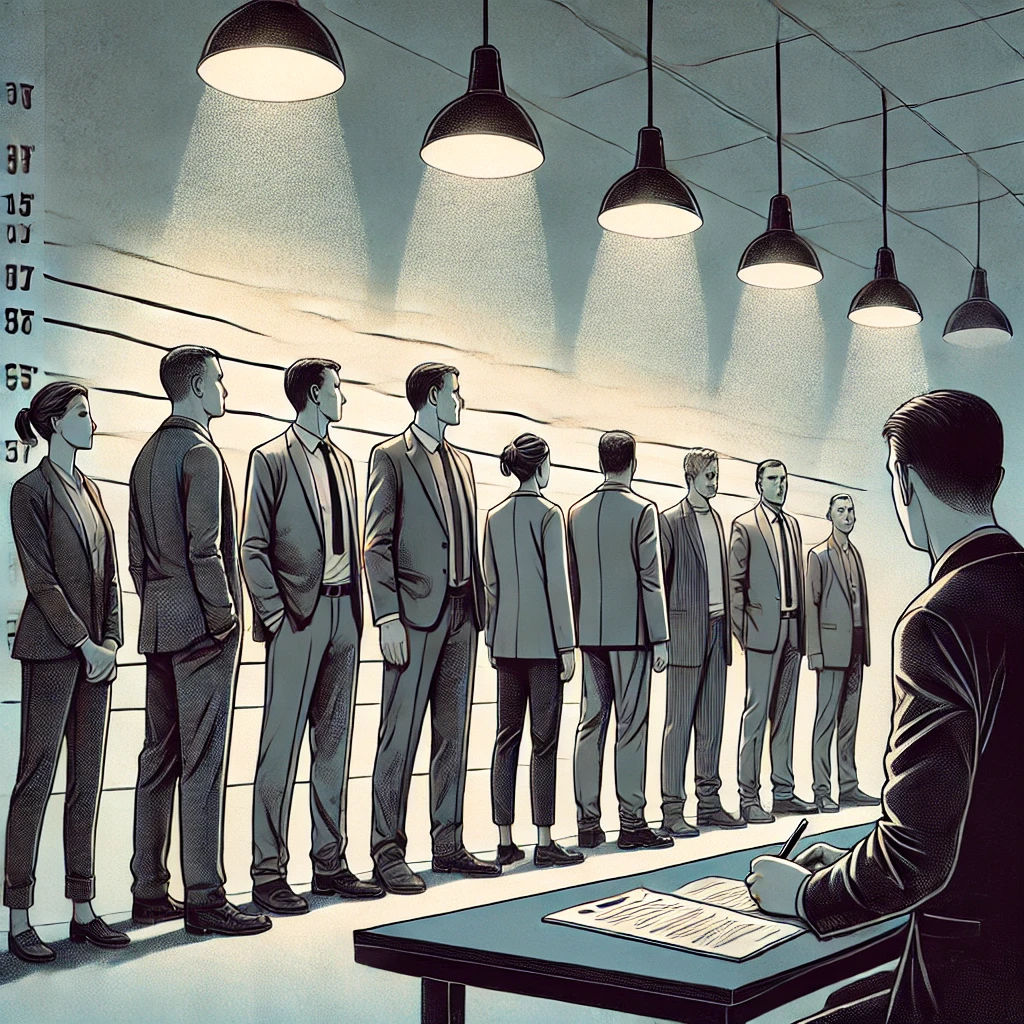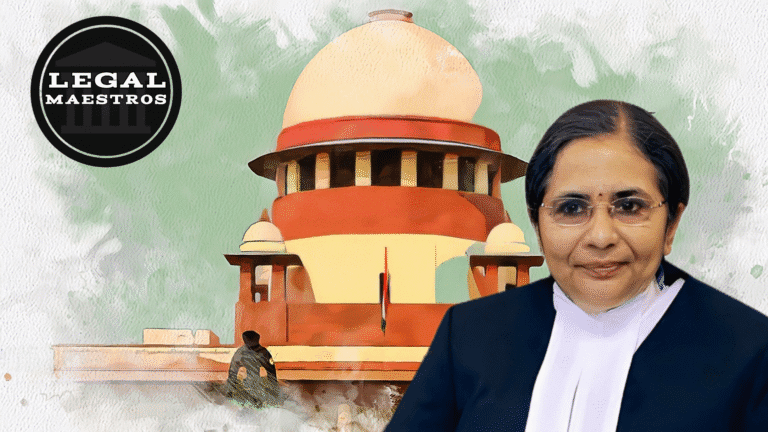
The Legal Implications of Police Failure to Conduct a Test Identification Parade: Exploring the Impact on Criminal Investigations and Justice
**The Role of Test Identification Parades in Criminal Justice: Consequences of Police Omission**
In criminal investigations, the identification of suspects is a crucial aspect to ensure justice. One of the most widely used methods for this purpose is the Test Identification Parade (TIP). A TIP is a procedure where a suspect is presented with people who have similar appearances to an eyewitness, and the witness is allowed to identify the perpetrator without any prior influence. This process, therefore, forms a very significant tool for verification purposes and enhancing the case for the prosecution. However, failure by law enforcement agencies to perform a TIP has grave effects on the investigation’s integrity and overall pursuit of justice.
**Test Identification Parades: Purpose and Importance**
For More Updates & Regular Notes Join Our Whats App Group (https://chat.whatsapp.com/DkucckgAEJbCtXwXr2yIt0) and Telegram Group ( https://t.me/legalmaestroeducators ) contact@legalmaestros.com.
The primary goal of a TIP is to scrutinize an eyewitness’s memory and observation skills in a controlled environment. It aims at:
1. **Verification**: A successful identification during a TIP provides corroboration evidence that the suspect arrested is the one who committed the crime.
2. **Avoid Wrong Identification**: The process reduces the chances of mistaken identification by bringing the suspect in the presence of people who look like him, thus saving innocent people from false prosecution.
3. **Strengthening Prosecution’s Case**: Positive identification in a TIP strengthens the case of the prosecution, making it stronger in the court of law.
**Legal Provisions Regulating TIPs**
TIPs, although not explicitly provided by statute, have been recognized and held by numerous judicial pronouncements. Courts always consider that the prompt conduct of TIPs would ensure their success. In fact, any failure or delay in the conduct of TIPs is usually enough to cast doubts over the identifications of the witnesses in subsequent courts.
**Consequences of Failing to Conduct a TIP
In the event of failure to execute a TIP, the following unfavorable consequences can occur:
1. Weakening of the Prosecution’s Case
Since TIP evidence is missing, the case is likely to have problems concerning the credibility of eyewitness identifications. It is more probable that in-court identifications would be compromised either by pretrial influences or through the effect of time.
2. **Possibility of Miscarriage of Justice**: In the absence of a TIP, there is an increased likelihood of wrongful convictions due to mistaken identities. This not only poses a danger to the freedom of the innocent but also erodes public trust in the criminal justice system.
3. **Judicial Scrutiny and Adverse Inferences**: Courts may draw adverse inferences from the failure to conduct a TIP, especially if the omission appears deliberate or unjustified. This can result in the exclusion of identification evidence or even the acquittal of the accused due to insufficient corroborative evidence.
**Judicial Perspectives on TIP Omissions**
Indian jurisprudence has dealt with the effect of non-scrutiny of TIPs in many cases. To cite an instance, in the case of *Rajesh v. State of Haryana*, the Supreme Court observed that even though a TIP is not substantive evidence, it is useful as corroborative evidence. It was observed by the Court that a TIP being absent does not vitiate the prosecution case as such but calls for cautious examination of the identification evidence let in.
In the case of *Soni v. State of Uttar Pradesh*, the Court emphasized that a tardy TIP loses much of its probative value. Therein, there is an emphasis that TIPs have to be conducted promptly so that they remain valid and relevant while corroborating witness testimonies.
**Under What Circumstances TIPs Are Conducted**
Though TIPs are required to provide accurate identifications, the decision to conduct the same would be affected by the following factors:
2. **Extensive Media Exposure**: If the suspect’s photo has been in the media very many times, then the credibility of a TIP may be compromised, and investigators may choose not to administer the TIP procedure.
3. **Defendant’s Refusal**: A defendant may refuse to cooperate with a TIP. Such refusal may draw adverse inferences, but it does not relieve the prosecution of its burden to prove guilt beyond a reasonable doubt based on other evidence.
**Law Enforcement Best Practices**
1. Conduct TIPs within a time frame from when the suspects have been detained in order not to lose the sharpness of memory of the witnesses.
2. Conduct TIPs fairly with the suspect’s presence in the lineup as close as possible in appearance to non-suspect individuals so as not to suggest an identity.
3. Carry out documentation regarding the TIP process, including the nature of the lineup, instructions issued to the witness, and what happened at identification.
4. **Training and Sensitization**: The investigating officers should be trained periodically on the significance of TIPs and procedures to be adopted, focusing on the role of TIPs in protecting the rights of the accused as well as the victims.
**Conclusion**
Test Identification Parades play a very significant role in the criminal justice system. They act as a mechanism for verifying the accuracy of eyewitness identifications. Failure to hold a TIP may lead to grave consequences, either wrongful convictions or acquittal of guilty persons. Law enforcement agencies must realize the importance of TIPs and strive to implement them diligently to maintain the principles of justice and fairness.






